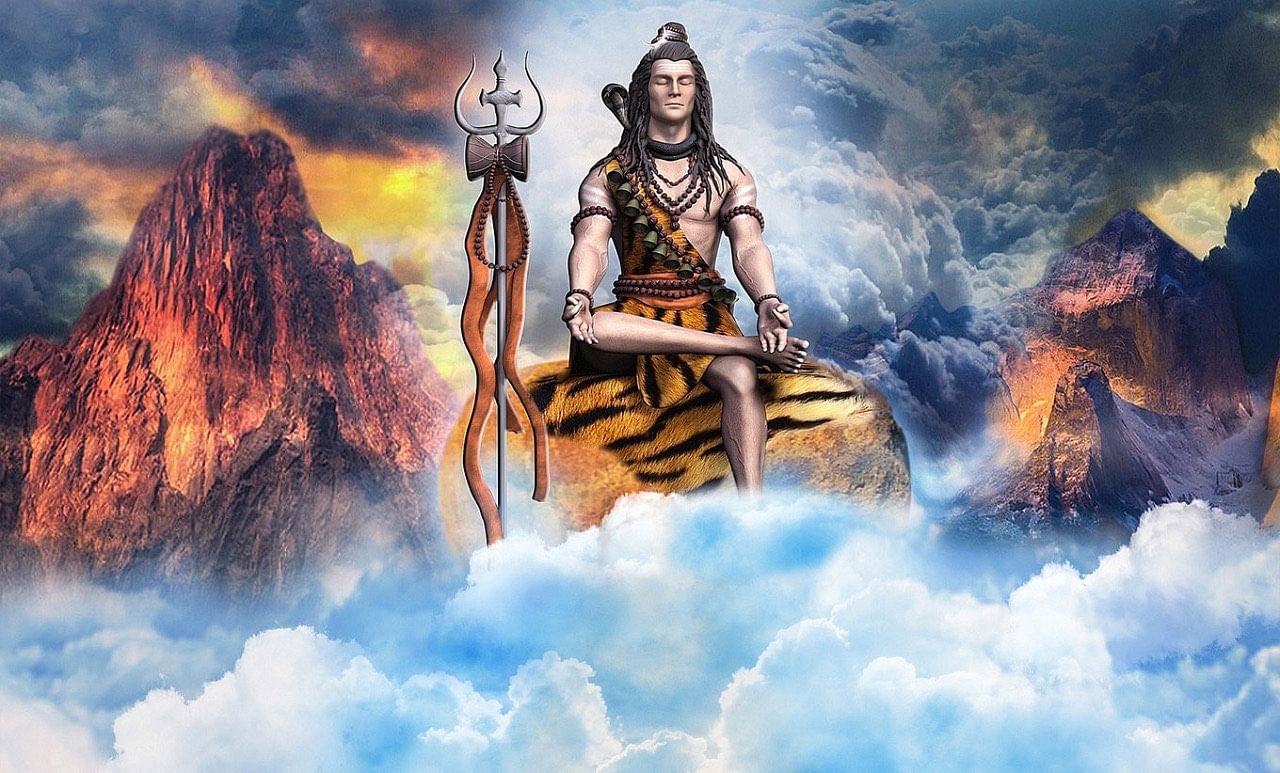The Char Dham Yatra in Uttarakhand has started from September 18, 2021 after being suspended due to COVID-19. Let us tell you, Kedarnath, one of the Hindu religion Char Dham Yatra, is very famous for the Kedarnath temple of Lord Shiva. This temple, located in the northern states of Uttarakhand, is visited by thousands of millions of devotees every year. This temple was built by the Pandavas of Mahabharata, then later rebuilt by Adi Guru Shankaracharya in the 8th century AD.
It is believed that the Kedarnath temple is guarded by Bhairon Nath ji, who is known as the fiery incarnation of Lord Shiva. The temple of Bhairon Nath is located very close to the main temple of Kedarnath. The avatar is also known as Kshetrapal, his avatar is associated with destruction and destruction and hence he is considered the guardian of the temple and because of this he is considered the guardian of the temple. Bhairon Nath is a protector for the temple, who keeps any kind of evil away from the temple. It is also believed that people visiting Kedarnath temple must visit Bhairon Baba temple.
The priests are associated with a particular community of Karnataka -
Puja recitation or rituals are not performed by any priest in the temple. Rather, the worship here is done by the members of a particular community. However, the chief priest does not perform the rituals inside the temple. The chief priest, called a Rawal, belongs to the Veera Shaiva Jangam community of Karnataka, and can delegate responsibilities here only to his subordinates.
The rituals associated here are in Kannada language.
There are five head priests in the temple, and each priest performs his duties in rotational shifts. The interesting fact is that all the rituals of Kedarnath temple are performed only in Kannada, an Indian language. This custom is being followed from time immemorial. Furthermore, because of the great historical value, for hundreds of years, there has been no change in the manner in which the rituals are performed.
Know why Feng shui dream catcher is a must for your house!https://en.myjyotish.com/en/astrology-blogs/know-why-feng-shui-dream-catcher-is-a-must-for-your-house
The temple is made of strong and heavy stones.
Standing at a height of 3583 meters, this temple can be seen a splendid example of commendable engineering and architecture. At wonderful places like the Himalayas, beautiful temples like Kedarnath were constructed using huge slabs of stone and built on a rectangular platform about 6 feet high. The makers of this architecture were made using a technique called interlocking. The surprising fact is that the walls of Kedarnath temple are said to be about 12 feet thick.
How Kedarnath got the name -
The story behind this is also related to Lord Shiva. According to mythology, the gods had sought help from Lord Shiva to escape the demons, seeing this, Shiva appeared in the form of a bull. The name of the bull was 'Kodaram' which had the power to destroy the demons. The bull destroyed the demons with its horns and hooves, after destroying them Lord Shiva threw them into the Mandakini river. This temple has been named Kedarnath from the same Kodaram bull.
Story related to Kedarnath -
According to mythology, the story of Kedarnath is associated with the era of Mahabharata. After the great battle of Kurukshetra, Pandavas travel to Kashi in search of Lord Shiva. His intention was to get rid of all the sins born of war. Upon learning this, Lord Shiva disguises himself as a bull and hides in Uttarakhand. The place where he was hiding is called Guptkashi. Pandavas reached Uttarakhand from Kashi and there Bhima somehow found Lord Shiva. But the interesting thing was that Lord Shiva was hiding inside the ground as a bull, but his tail and his hump were visible from there. When Bhima tried to hold the bull by catching the tail, his head fell in Nepal Doleshwar Mahadev and the hump was established in the form of a Shivling. If during the course of the mountain there were also two parts, which are now known as Nar and Narayan. This is the reason why the Shivling present in Kedarnath is in triangular shape.




















